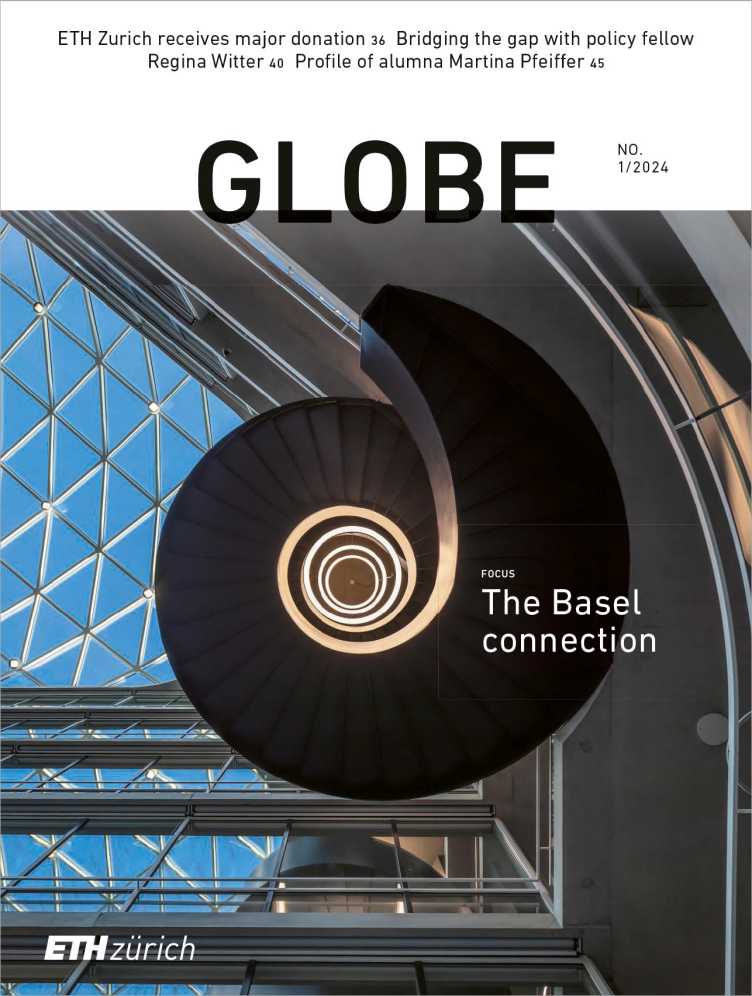“My aim is to give students a sense of how multifaceted the world is”
Artist Rosa Barba is constantly seeking new perspectives. At ETH, she works to bring art together with architecture, science and engineering.

Where does architecture end and art begin?
Art can be understood as a transitional architecture in its own right, one that supports a spatial and temporal projection into the past and into the future. At its best, art creates a secure space for thought – a place from where different perspectives can be explored.
Is the ability to think and act creatively a prerequisite for architecture?
Critical and creative thinking are important elements of architecture, and interdisciplinary approaches are also key. Our chair brings artists together with the community of architects, scientists and engineers at ETH. We take a fresh look at technological, social and sustainability issues, with a view to engaging with the wider community on the civic and societal level.
What do you hope to impart to architecture students?
My aim is to give students a sense of how multifaceted the world is. We’re an international team of artists and researchers. Our areas of interest are diverse and multidisciplinary, ranging from urban anthropology to artistic practices such as film, sculpture, sound and performance. These encompass or intersect with issues such as language, political discourse and diverse explorations of the human world.
You’ve participated in artist-in-residence programmes in Europe and the US. What does it mean to work in different geographical locations?
It’s important to tune into different cultures, to understand their landscapes, and explore new perspectives arising from that. We’re all connected, and grasping the bigger picture involves drawing knowledge from various locations.
You’ve said that history is like a sculpture. How will our descendants interpret today’s architecture?
When I say history is like a sculpture, I mean the underlying spatial and temporal lines in a poetics of distance. It’s a balancing act in unstable surroundings that we continually re-read and understand anew. I’d like to think that our buildings will say a lot about a shared future without ever losing sight of the past.
About
Rosa Barba is Professor of Art in Space and Time at the Department of Architecture, ETH Zurich.
Globe The Basel connection

This text appeared in the 24/01 issue of the ETH magazine Globe.
Download Read whole issue (PDF, 3.5 MB)
Comments
No comments yet